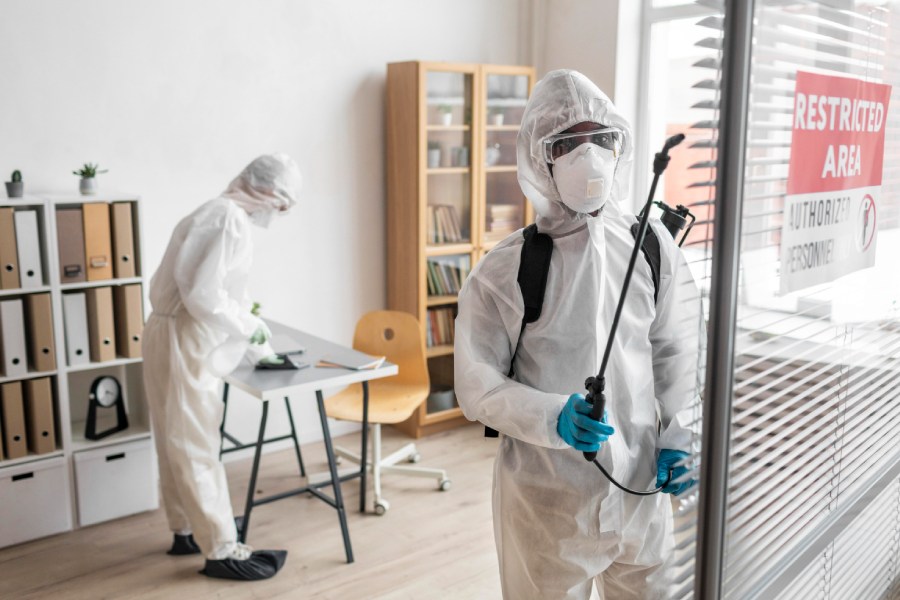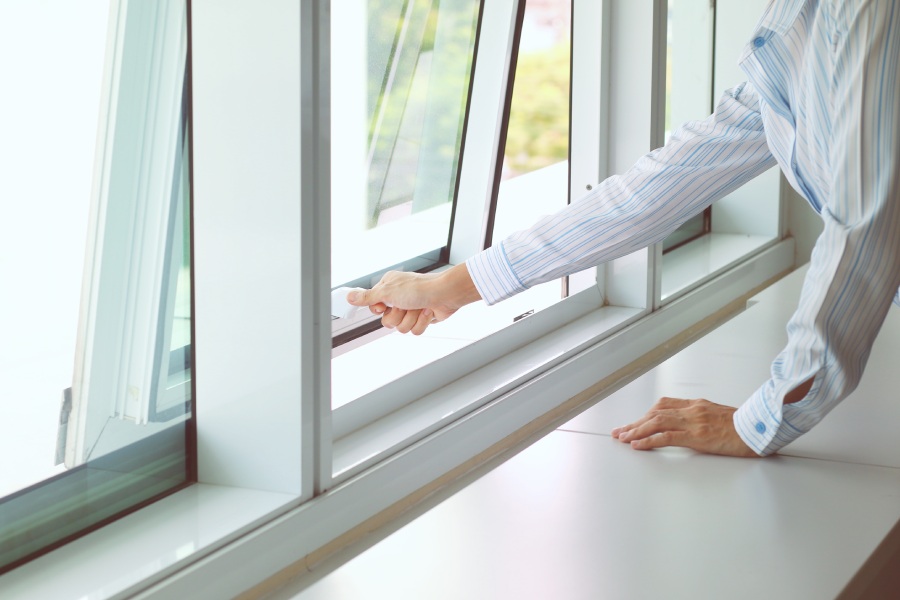When faced with a mold problem, many homeowners find themselves at a loss. The sight of those dark patches creeping across walls or ceilings can trigger a mix of concern and confusion. While the need for action is clear, the path forward often isn’t.
Mold remediation, the process of addressing and removing mold infestations, is a critical step in maintaining a healthy home environment. However, it’s not a task to be undertaken lightly or without proper preparation. So, how to prepare for mold remediation for best results?
Achieving a mold-free space requires strategy, planning, and often professional expertise. Understanding what lies ahead can make the difference between a successful remediation and a recurring problem.
This article aims to demystify the preparation process for mold remediation, offering insights into the steps that precede the actual removal. We hope to empower homeowners to approach mold remediation with confidence and clarity.

How to Prepare for Mold Remediation
Proper preparation is key for effective mold remediation. Start by assessing mold growth with visual inspections and consider a professional assessment to detect hidden mold and identify moisture sources. Use plastic sheeting to isolate the area, then establish negative air pressure with fans and HEPA purifiers.
Wear proper PPE, including an N95 respirator, disposable gloves, and goggles, to protect yourself. Remove and clean all movable items, cover immovable ones with plastic sheeting, and seal them. Address any water leaks and reduce humidity with dehumidifiers to prevent future mold growth.
Initial Steps Before Mold Remediation
Confirming the problem
When it comes to mold remediation, the first step is to confirm the extent of the problem. Look for visible signs of mold, such as dark spots or patches, especially in damp areas like bathrooms and basements.
Pay attention to musty odors, which can indicate hidden mold. For a thorough assessment, consider hiring a professional mold inspector. They can detect hidden mold and identify the type present, which helps determine the best remediation approach.
Hiring a professional
When it comes to hiring a professional, choose a certified mold remediation specialist. Look for certifications from recognized organizations like the Institute of Inspection Cleaning and Restoration Certification (IICRC).
Check their credentials, ask for references, and read online reviews. A reputable company will have a good track record and be transparent about their process. Ensure they provide a detailed written estimate and clearly outline the steps they will take to address the mold issue.
How to Prepare Home for Mold Remediation
Clearing the area
Preparing your home for mold remediation involves several steps. Start by clearing the affected areas. Remove all movable items, including furniture, curtains, and rugs. Clean these items before storing them in a dry, mold-free area. For items that can’t be moved, cover them with thick plastic sheeting and seal them with tape.
Creating access
Create clear access for the remediation team by removing obstacles from hallways and entryways. This allows for easy movement of equipment and workers. Ensure pathways are free of furniture, rugs, or other items that could hinder progress. Verify that all necessary doors are unlocked and accessible.
Proper access speeds up the remediation process and reduces the risk of delays or accidental damage. Also, consider marking or providing directions to specific areas that require special attention.

Protecting household members
Consider arranging temporary accommodation, especially for family members with allergies or respiratory issues. If staying at home, seal off the work area completely and keep pets away to prevent the spread of mold spores.
Ensure that everyone in the household understands the importance of avoiding the affected areas. Provide clear instructions and safety measures to minimize exposure to mold and debris.
Safety precautions
Safety is paramount during remediation. Inform all family members about the process and the importance of staying away from work areas. Ensure proper ventilation by opening windows and using fans to improve air circulation, which helps remove mold spores from the air.
Regularly check that all safety equipment is in place and functioning correctly. Follow all recommended guidelines for handling mold to protect both the workers and the household environment.
Pre-Remediation Cleaning
Initial cleaning steps
Before the remediation team arrives, perform some initial cleaning steps. Vacuum all surfaces with a HEPA vacuum to capture loose mold spores, paying special attention to carpets and upholstery. Dust all surfaces with a damp cloth to trap dust and mold spores. Dispose of the vacuum bag or its contents carefully to prevent the spread of mold.
Removing moisture sources
It’s crucial to address moisture sources, which are the root cause of mold growth. Fix any leaks in pipes, roofs, or windows, and use dehumidifiers to reduce humidity levels in damp areas.
Inspect for hidden moisture problems, such as behind walls or under flooring. Ensure proper ventilation in areas prone to high humidity, like bathrooms and basements, to prevent future mold issues.
Post-Remediation Steps
Post-remediation inspection
After the remediation is complete, conduct a thorough inspection to ensure all mold has been removed. This should ideally be done by an independent inspector. Review the results carefully and address any remaining issues. Ensure that any repairs or replacements needed are promptly completed.
Document the inspection findings and any actions taken for future reference. Follow up with the inspector to confirm that all issues have been adequately resolved and that no additional remediation is required.
Preventative measures
To prevent future mold growth, implement strategies such as maintaining proper ventilation, fixing leaks promptly, and keeping indoor humidity low. Regular monitoring and maintenance are key to preventing mold problems from recurring.
Install moisture barriers in high-risk areas and use dehumidifiers to control humidity levels. Schedule periodic inspections to catch potential issues before they become significant problems.

Conclusion
Preparing for mold remediation is a crucial step in ensuring a healthy living environment. By following this guide, homeowners can effectively address mold issues and prevent its future growth. Each stage, from problem confirmation to post-remediation measures, is vital in the process.
Understanding how to prepare for mold remediation is essential for a successful and seamless remediation procedure. This includes hiring certified professionals, clearing affected areas, and implementing safety precautions throughout the process. Post-remediation, you should inspect thoroughly to prevent mold for a clean home. By taking these steps, you’re investing in the long-term health and safety of your home and family.


